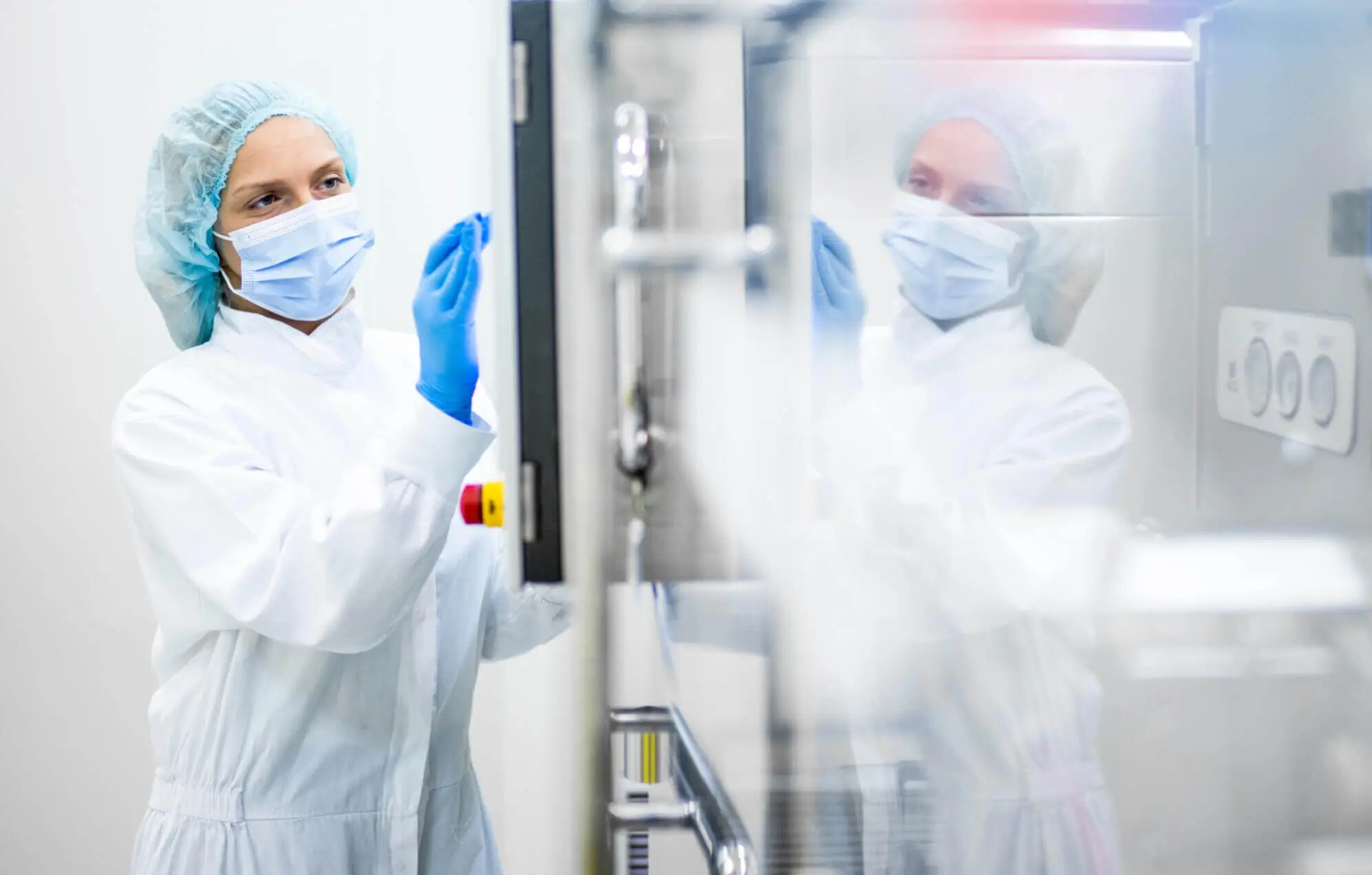When properly implemented, an environmental monitoring program provides crucial information about the pharmaceutical and medical device manufacturing environment, preventing the release of potentially contaminated products. A comprehensive environmental monitoring program plays a critical role in ensuring compliance with regulatory standards, as well as product quality, safety, and effectiveness for patients.
An environmental monitoring program must demonstrate control over viable and non-viable particles found in critical areas of a manufacturing operation. Because standards and guidances are not prescriptive, it is crucial to have a well-designed program to avoid implementation failures. Several factors contribute to failures in environmental monitoring processes; here are the Top 10.
- Inadequate environmental monitoring plan that lacks specificity or fails to cover all critical areas. Without a comprehensive plan, gaps in monitoring can occur, leading to potential contamination issues going undetected. System errors, deviations from the true values of the environmental parameters due to the failures or limitations of the monitoring system, can also affect the performance and functionality of the monitoring system and lead to malfunctions or disruptions.
- Sampling errors can lead to inaccurate results if the wrong types of samples are taken in the wrong locations at the wrong times. Sampling errors are deviations from the actual values of the environmental parameters due to how the samples were collected, handled, or stored. For example, sampling frequency may not be sufficient to capture transient or intermittent contamination events, increasing the risk of missing contamination incidents between sampling intervals. Sampling errors can affect the accuracy and representativeness of the data and lead to false conclusions or decisions.
To prevent these errors, it is crucial to ensure that sampling procedures are standardized, consistent, and reflective of actual conditions. The sampling plan and procedures must be followed, appropriate sampling equipment and containers must be used, contamination and degradation of the samples must be avoided, and sampling activities and conditions must be documented. - Analytical errors are deviations from the true values of environmental parameters due to the way the samples are analyzed, measured, or calibrated. They can affect the precision and validity of the data and lead to uncertainty or bias. To prevent analytical errors, certified or accredited laboratories should be used, analytical methods and protocols must be followed, quality control samples and checks must be used, analytical instruments must be calibrated and maintained, and the analytical results and uncertainties must be documented.
- Data errors are deviations from the actual values of the environmental parameters due to the way the data are recorded, processed, or reported. Data errors can affect the completeness and consistency of the data and lead to errors or omissions. To prevent data errors, standardized data formats and codes need to be used, data entry and transfer verified and validated, any outliers or anomalies corrected and flagged, and the data sources and modifications documented. Ultimately, incorrect data handling, analysis, or interpretation can lead to overlooking trends or anomalies indicative of contamination.
- Contamination from personnel occurs when human activities within cleanroom environments introduce contaminants. Inadequate gowning practices, improper use of personal protective equipment (PPE), and poor hygiene habits among personnel are the most significant contamination risk factors. Airborne transfer can often arise from personnel shedding microorganisms, particularly during periods of increased or fast movement. Poor aseptic practices, such as direct surface-to-surface transfer, can result from personnel touching the product or contaminated water entering the process.
- Inadequately training personnel responsible for environmental monitoring may result in errors in execution and analysis. For example, personnel responsible for environmental monitoring may lack proper training in sampling techniques, equipment operation, and data interpretation.
Monitoring staff must be adequately trained in sampling techniques, equipment operation, and data interpretation to prevent human errors. Additionally, proper supervision, feedback, and incentives should be provided, quality assurance audits and reviews should be implemented, and the roles and responsibilities of the monitoring team should be documented. - Environmental variability in cleanroom environments may impact monitoring results due to fluctuations in temperature, humidity, air pressure, and other parameters. Surface-to-surface transfer can result from water remaining on surfaces for prolonged periods or from contaminated water entering the process.
Faults in the air filtration system can allow contaminating particles to enter the cleanroom, or contaminated particles can infiltrate through cracks in walls, doors, or windows. Failing to account for environmental variability can lead to misinterpretation of data or false conclusions.
- Equipment calibration and maintenance issues can occur if environmental monitoring equipment is not regularly calibrated and maintained to ensure accuracy. Failure to calibrate instruments or neglecting routine maintenance can result in unreliable data.
- Communication errors are deviations from the true values of the environmental parameters due to the way the data are communicated, interpreted, or used. Communication errors can affect the clarity and relevance of the data and lead to misunderstandings or misapplications. Clear and concise language, reporting the data in context and with limitations, using appropriate graphs and tables, and documenting the data analysis and interpretation can prevent communication errors.
- Failure or delay in implementing corrective actions, even when contamination is detected, can exacerbate the problem. Prompt identification of contamination events and swift action to address root causes are essential for preventing recurrence.
Infinity’s Environmental Monitoring Services Help Ensure a Robust EM Program
Infinity’s Environmental Monitoring Services Help Ensure a Robust EM Program
Addressing these challenges requires a comprehensive approach, including thorough planning, training, maintenance of equipment and facilities, robust data management practices, and a commitment to continuous improvement. Additionally, staying abreast of regulatory requirements and industry best practices is essential for ensuring the effectiveness of environmental monitoring programs in pharmaceutical settings.
Infinity Labs’ comprehensive environmental monitoring services help pharmaceutical and medical device manufacturers ensure product and patient safety and compliance with all FDA, USP, ISO 13485, and ISO 14698 requirements.
Specifically, Infinity’s environmental monitoring studies work to understand potential sources of contamination on an ongoing basis. They use daily environmental monitoring testing procedures in critical zones and weekly testing in less critical areas to track trending microbial and particulate content over time.
With two decades of testing experience, Infinity helps manufacturers guide their environmental monitoring programs with a risk-based approach that demonstrates an understanding of and control over viable and non-viable particles found in critical areas of their operation. Infinity supports clients’ environmental monitoring programs, including in aseptic manufacturing facilities, by sampling onsite or receiving plates containing environmental monitoring viable samples to incubate, count, and report.


